Well…the recovery from my surprise appendectomy was tougher than I thought, but I think I’m finally on the mend! As I get caught up, Mark Kuhn has written the first post in a series about basic hardware terminology. Hopefully these posts will be helpful to the newer people in the industry.
~~~
HARDWARE NERD ALERT!!!!
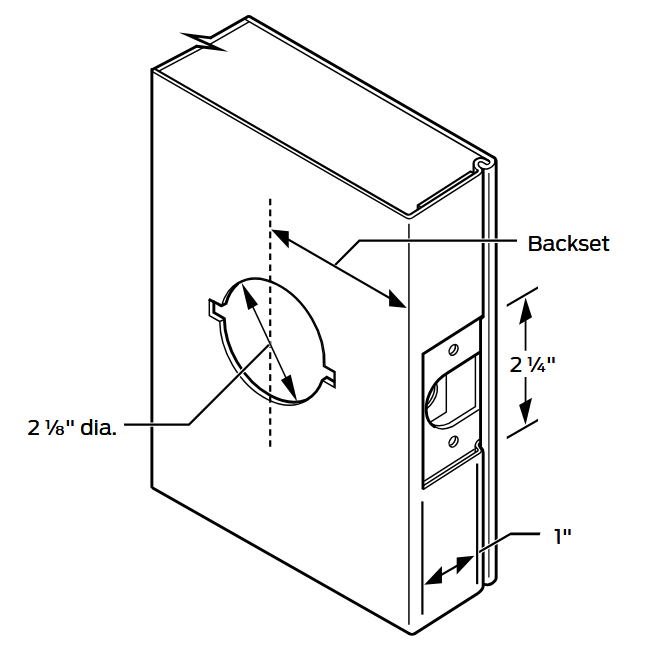 Last month, I spent a week teaching at DHI’s Spring Classroom Series School in Reno, and it occurred to me that there is a need to teach about some basic hardware terms and products. It also occurred to me that iDigHardware would be a great place to do this.
Last month, I spent a week teaching at DHI’s Spring Classroom Series School in Reno, and it occurred to me that there is a need to teach about some basic hardware terms and products. It also occurred to me that iDigHardware would be a great place to do this.
As I was teaching, I noticed one of the terms that everyone seemed to struggle with was “backset.” I don’t fault anyone for their confusion about the term backset, because as door and hardware folks we have typically heard it in reference to locksets.
When talking about a lock, the term “backset” refers to the distance between the edge of the door and the centerline of the lock (spindle, cylinder, etc.). The most common backset for commercial locksets is 2-3/4 inches, with 2-3/8 inches also available for some products. Occasionally, a lockset or hospital latch will have a larger backset.
It’s important to realize that we use this term when talking about hinges as well. The hinge backset is no less important than the lock backset, and without an understanding of this dimension you can run into issues when ordering or hanging a door.
Here are some important facts about hinge backsets…
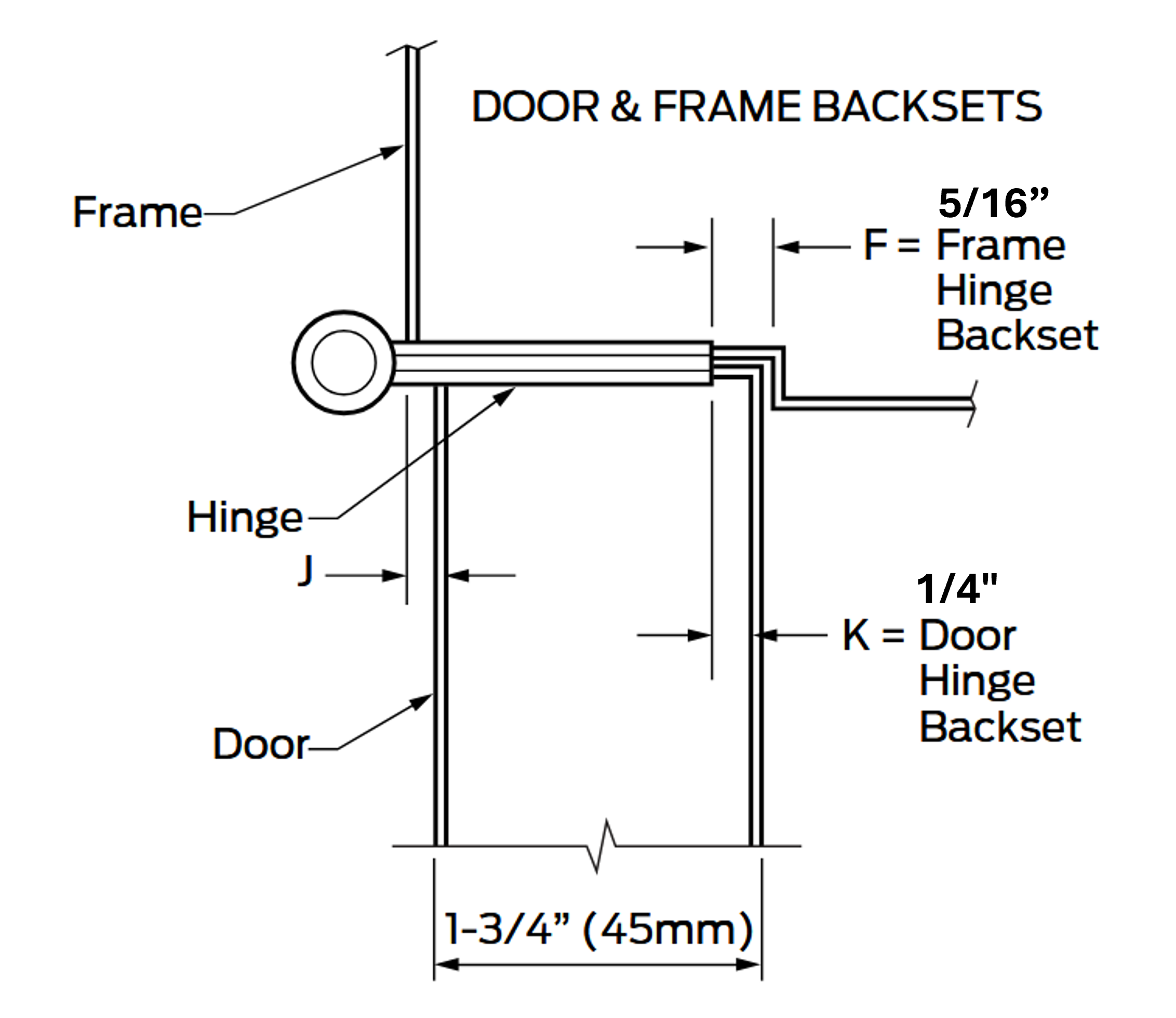 First of all, what is a hinge backset? The hinge backset on a door is the distance between the face of the door and the hinge pocket. On a frame, the backset is measured from the face of the frame stop and the hinge preparation.
First of all, what is a hinge backset? The hinge backset on a door is the distance between the face of the door and the hinge pocket. On a frame, the backset is measured from the face of the frame stop and the hinge preparation.
Second, it is important that the door hinge backset measures less than the frame hinge backset. In the example shown, you will notice that the backset on the door (1/4-inch) is 1/16-inch less than the backset on the frame (5/16-inch).
Why do we care about the hinge backset?
If you want to order doors to properly fit a frame, then you need to know all kinds of dimensions like hinge size and location, lock type and location, and hinge backset. Without these dimensions, the door won’t properly fit the frame and it’s possible that the door won’t work or swing. In addition, we need to know the hinge backset to properly size a hinge, as the backset dimension is part of the formula for properly sizing the hinge.
So, the next time someone asks you what the backset dimension of your door is…ask them “Which one? The lock backset or the hinge backset” and watch for the puzzled look. 🙂
You need to login or register to bookmark/favorite this content.

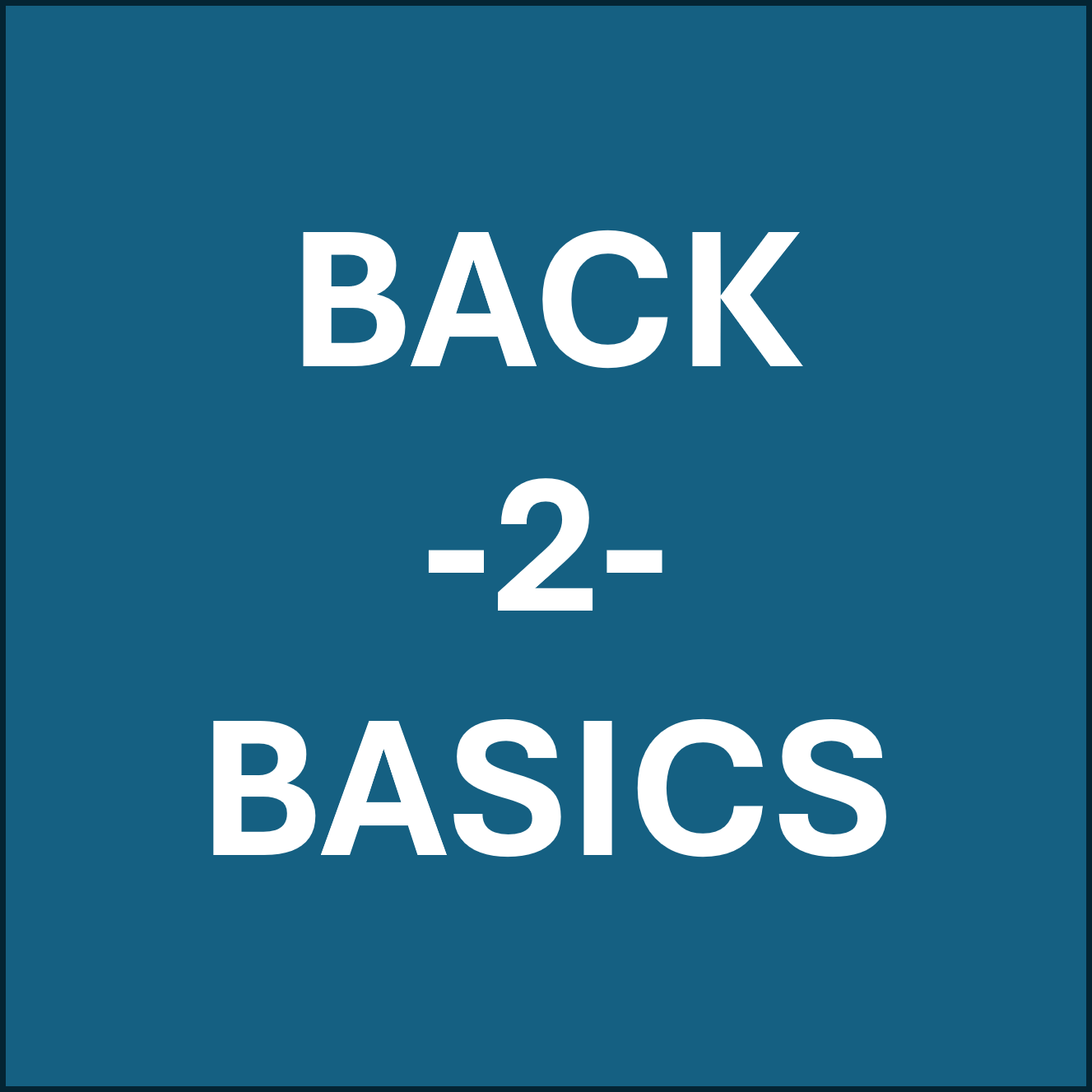
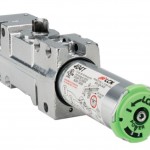
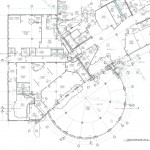
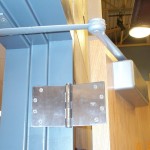


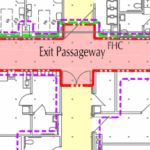


Wishing you a speedy recovery.
Erick
Lori, Praying for your quick recovery and comfort along the way.
In the sentence “The hinge backset on a door is the distance between the edge of the door and the hinge pocket.” should “edge” be “face”?
Yes, I think that’s more clear. Thanks Kent!
– Lori
I agree Kent…good catch my friend!